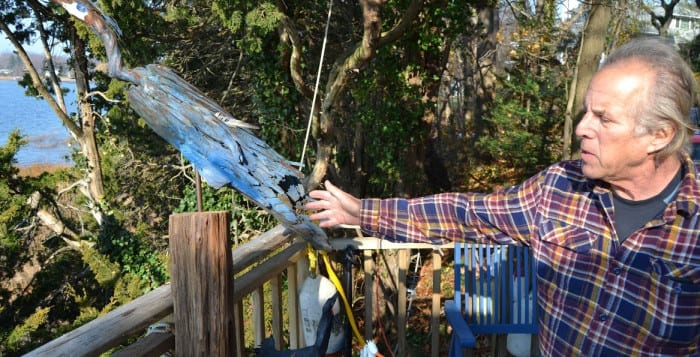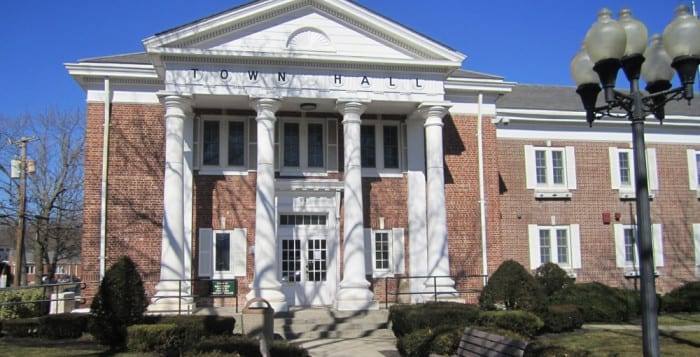Curbing a DWAI
Police arrested a 20-year-old man from Port Jefferson Station for driving while ability impaired on Dec. 15, after they saw him drive over a curb on Wilson Avenue and pulled him over.
Hitting the trifecta
A 31-year-old Medford man was arrested for driving while ability impaired on Dec. 17 after he failed to maintain his lane and struck a grassy median while speeding on Lincoln Drive in Rocky Point. Police said the man was going 70 miles per hour in a 45-mile-per-hour zone in a 1998 GMC.
Wanted woman
On Dec. 16, police collared a Wading River woman who had five warrants out for her arrest. At the time officers found her on Babylon Drive in Sound Beach, the 26-year-old was also allegedly in possession of a controlled substance, and was charged with that crime.
That sucks
Police arrested a 28-year-old man from Lake Grove for petit larceny on Dec. 16, right after he stole two vacuums from a store at the Centereach Mall.
Hand-to-hand-to-cuffs
Police observed a woman in a hand-to-hand drug transaction on Route 25A in Selden on Dec. 18, and stopped the 55-year-old before she could pull away in her 2002 Cadillac. Officers found heroin in her possession and arrested her for criminal possession of a controlled substance.
Caffeine fiend
On Dec. 18, a 69-year-old man from Centereach was arrested for petit larceny. According to police, the man entered the Shoprite on College Road in Selden on Sept. 15 and took a Keurig Coffee Maker worth around $190.
Vroom vroom to jail
Police arrested a 29-year-old Ronkonkoma man on Dec. 13 for driving while ability impaired, after the suspect failed to maintain his lane while driving a 2008 Volkswagen south on Nicolls Road in Stony Brook. Police said the man was speeding, at 62 miles per hour.
Unwarranted steal
A 27-year-old woman from Port Jefferson Station was arrested for petit larceny on Dec. 18, after stealing assorted costume jewelry, clothing and other items from a store on Route 347 in Setauket-East Setauket. According to police, there were already two unrelated warrants out for the woman’s arrest.
Cashing in
Between Dec. 13 and Dec. 15, an unknown person withdrew more than $200 cash from a bank without the Port Jefferson Station cardholder’s permission.
That’s a big dog
On Dec. 19, an unknown person entered the Walmart on Nesconset Highway in Setauket-East Setauket and stole a television and a dog bed. Police said the person may have used the dog bed to conceal the TV.
In hot water
An unidentified person stole three faucets from the Lowe’s Home Improvement store on Nesconset Highway in Stony Brook on Dec. 18.
Taking it to-go
On Dec. 18, three unknown men with guns entered the Peking Chinese Kitchen on Middle Country Road in Selden as someone was closing the restaurant. The men demanded money but the suspects fled empty-handed.
Visa revoked
On Dec. 19, someone stole a jacket, a wallet and a person’s visa from a car in the Starbucks parking lot on Middle Country Road in Selden.
Rock on Tree
According to police, an unidentified person threw a large rock at a 2010 Mitsubishi Lancer and damaged the car. Police didn’t specify where the car was damaged but said the incident happened some time between Dec. 18 and Dec. 19 on Tree Road in Centereach.
Tired of theft
An unknown person gained entry to the Mavis Discount Tire on Route 25A in Mount Sinai and stole money from the register before fleeing the store. The incident happened on Dec. 14 around 8:25 p.m.
Smashed
On Dec. 19, someone smashed the back window of a 2009 Honda outside a residence on Deepdale Drive in Rocky Point.
Police are in purse-uit
An unidentified person stole someone’s bag from the Walmart at the Centereach Mall on Dec. 19. Police said the victim put the bag down and walked away. When they returned, the bag was gone. According to police, the bag contained money and an ATM card.
Lest we forget the Lexus
On Dec. 18 at 2 p.m. police said an unknown person stole a 2015 Lexus parked on Jericho Turnpike in Elwood.
Climbing in your windows
Police said an unknown person entered a 2015 Jeep with a window open in the parking lot of Eastern Athletic Club on Jericho Turnpike in Dix Hills on Dec. 18 at midnight and stole an iPad and credit cards.
On Dec. 18 a 50-year-old man from Wyandanch was arrested for a previous incident that occurred sometime between June 17 and 18. Police said he broke through a window at a residence on May Street in Huntington Station and stole electronics. He was charged with second-degree burglary.
Painted love
On Dec. 19 an 18-year-old man from Huntington was arrested for multiple graffiti incidents. According to police, he spray painted several vehicles parked on Stewart Avenue in Huntington and a wall on the exterior of a Payless Shoe store on New York Avenue in Huntington on Nov. 26 and 27 around midnight. He was charged with making graffiti.
Honda hijacked
A 22-year-old from East Northport was arrested on Dec. 16 after police said he took a 1998 Honda without permission at 2:30 a.m. and then hit a pole with the car while driving on Cuba Hill Road in Huntington and then fled the scene. He was charged with unauthorized use of a vehicle without the owner’s consent.
If only it was a candy cane
An 18-year-old man and a 19-year-old man from Huntington were arrested on Dec. 19 at 3 a.m. after police said they hit a man in the head with a cane and stole his money on Fairview Street in Huntington and then tried to flee the scene. When searched, the men were discovered to have gravity knives and marijuana in their possession. They were charged with resisting arrest, unlawful possession of marijuana, fourth-degree criminal possession of a weapon and first-degree robbery with use of a dangerous instrument.
Jag at the Jag Salon
At Jag Salon on Wall Street in Huntington on Dec. 16 at 7 p.m. an unknown person entered the business through an unlocked window and stole money.
Taken: Tools edition
Police said a 38-year-old man from Holbrook stole assorted power tools from Home Depot in East Islip at 1:15 p.m. on Dec. 17. He was charged with fourth-degree grand larceny valuing property of more than $1,000.
Minor problem
A 45-year-old man from Commack was arrested on Dec. 18 after police said he sold beer to a minor at a food market on Laurel Road in East Northport at 7:30 p.m. He was charged with first-degree unlawfully dealing with a child.
Gone in a blink of an eye
On Dec.19 at noon at Blink Fitness on Broadhollow Road in Elwood police said an unknown person stole a wallet with credit cards inside of it from an unlocked locker inside the gym.
Dry cleaners cleaned out
On Dec. 16 at 6:30 p.m. an unknown person broke a window of Parkmore Dry Cleaning on New York Avenue in Huntington and stole money.
Of-fenced taken
A 16-year-old from Holbrook was arrested on Dec. 19 at 10:40 p.m. after police said he was trespassing on the property of United Fence and Guard Rail Corporation in Ronkonkoma and damaged the windows of five vehicles. He was charged with third-degree criminal mischief valued at more than $250 and first-degree criminal trespassing.
Dissed on Craigslist
Police said a resident of Mount Pleasant Road in Smithtown reported that on Dec. 16 at 8 p.m. someone used counterfeit money to pay for a transaction done through Craigslist.
Blurred lines
On Dec. 19 a 29-year-old man from East Setauket was arrested at 2 a.m. after police pulled him over for making an illegal left turn while driving a 2002 Chevy on East Main Street and then discovering he was driving drunk. He was charged with driving while intoxicated within 10 years of being convicted for a previous DWI.
Illegal use of legal papers
A woman reported to police that an unknown man followed her into her driveway on Roderick Court in Commack on Dec. 17 at 2:35 p.m. and threw legal papers in her face and ran off.
On tree down on Acorn Road
Police said a 51-year-old man from St. James crashed a 2014 Lexus into a tree while driving on North Country Road and Acorn Road at 10:50 p.m. on Dec. 17 and then discovered he was drunk. He was arrested and charged with driving while intoxicated within 10 years of being convicted for a previous DWI.
Tool stealing stools
Police said a 38-year-old man from Holbrook stole assorted power tools from Home Depot in East Islip at 1:15 p.m. on Dec. 17. He was charged with fourth-degree grand larceny valuing property of more than $1,000.
Minor mistake
A 45-year-old man from Commack was arrested on Dec. 18 after police said he sold beer to a minor at a food market on Laurel Road in East Northport at 7:30 p.m. He was charged with first-degree unlawfully dealing with a child.
Don’t phone home
Police said a man called on Dec. 19 at 1:49 p.m. to report that an ex-tenant from a residence on Karen Place in Commack was calling continuously and threatening the man.
This stinks
On Dec. 17 at 5:30 p.m. an unknown person stole assorted cologne and perfumes from Ulta Beauty on Veterans Memorial Highway in Commack.
Kohl’s woes
An unknown person stole assorted clothing and jewelry from Kohl’s on Crooked Hill Road in Commack on Dec. 18 at 1:42 p.m.
The Doors
On Dec. 18 at 7 a.m. an unknown person entered a residence through a back door on Harned Road in Commack and stole assorted jewelry and a television.
Retired tires
On Dec. 17 at 1:20 p.m. an unknown person slashed two tires of a 1989 Acura parked in the parking lot of a 7-Eleven on Lake Avenue in St. James.



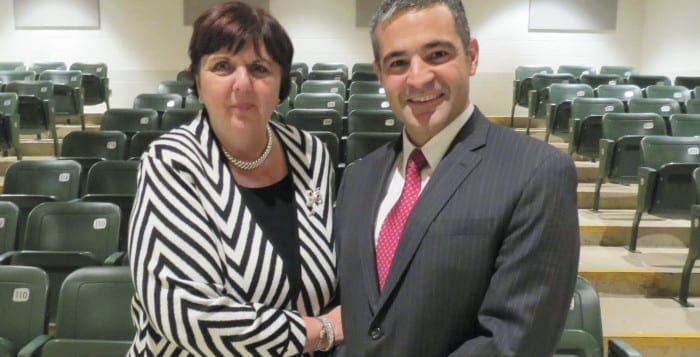
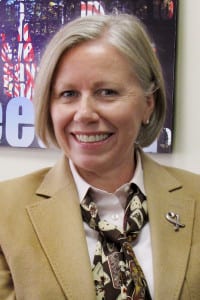
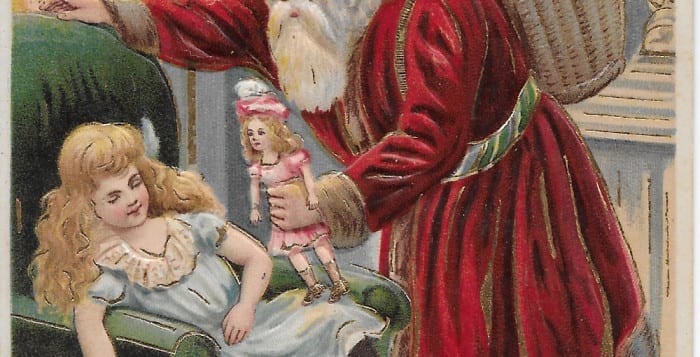

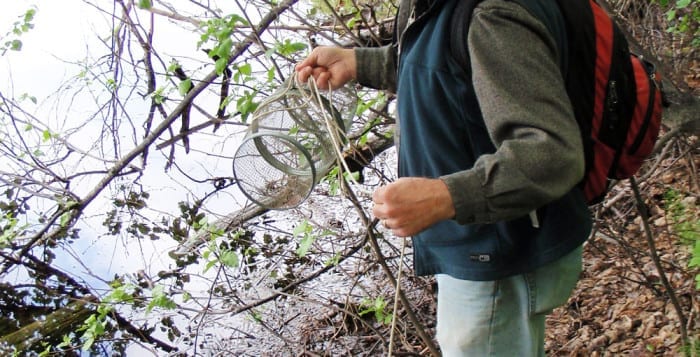
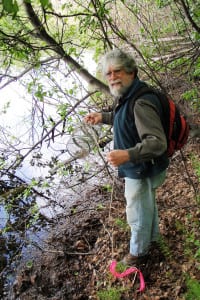



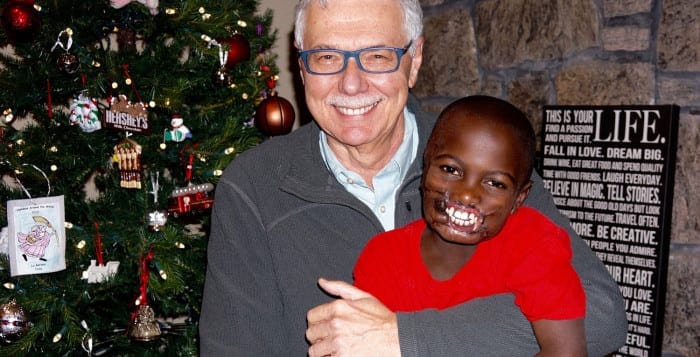



 The surgeries begin in early January, when Dr. Alex Dagum will put three tissue expanders into his face, under the skin on his cheeks and chin. Over a few months, Dagum will slowly fill those with saline, expanding them and stretching the skin. Once there is enough excess skin created, the expanders will come out and that skin will be cut away and used to reconstruct the lips and cheek.
The surgeries begin in early January, when Dr. Alex Dagum will put three tissue expanders into his face, under the skin on his cheeks and chin. Over a few months, Dagum will slowly fill those with saline, expanding them and stretching the skin. Once there is enough excess skin created, the expanders will come out and that skin will be cut away and used to reconstruct the lips and cheek.
